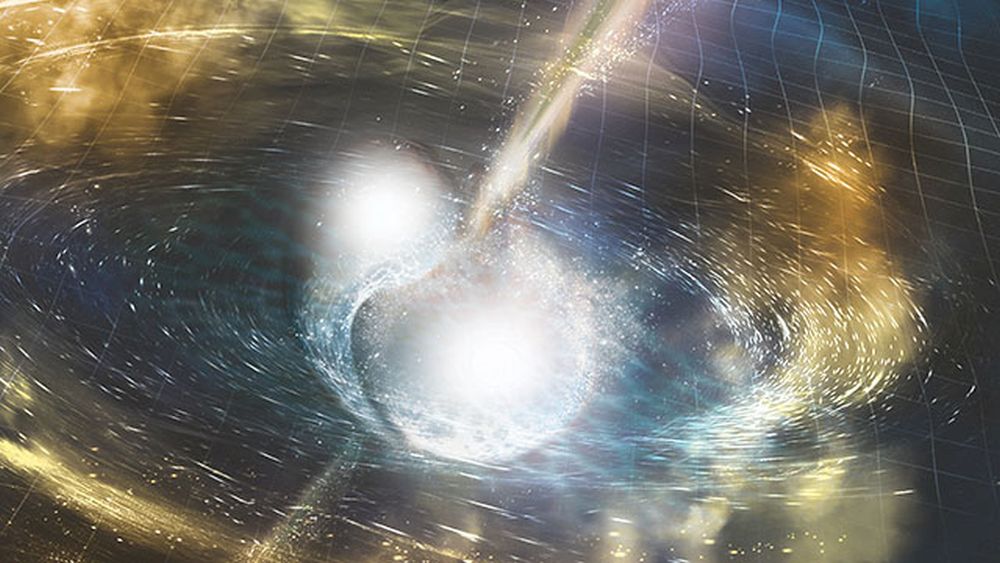Since 1958, the NASA Explorer Program has conducted low-cost missions that were deemed relevant to the goals of the Science Mission Directorate (SMD), particularly where the study of our Sun and the deeper cosmic mysteries are concerned. Recently, the Explorer Program selected four missions that they considered to be well-suited to these goals, two of which will be selected for launch in the coming years.
Consisting of two astrophysics Small Explorer (SMEX) and two Missions of Opportunity (MO) proposals, these missions are designed to study cosmic explosions and the debris they leave behind, as well as monitor how nearby stellar flares may affect the atmospheres of orbiting planets. After detailed evaluations, two of these missions will be selected next year and will take to space sometime in 2025.
This program is named in honor of the Explorer I mission, which was the first satellite launched by the United States in 1958. This spacecraft was responsible for the discovery of Earth’s radiation belts, which were subsequently named after Dr. James A. van Allen, the man responsible for designing the satellite’s radiation instrument.

To date, the program has sent 90 missions to space, including the Uhuru and Cosmic Background Explorer (COBE) missions – which mapped cosmic X-ray sources and the CMB, respectively. The two missions that make the cut in 2021 will be the next astrophysics missions of the Explorer Program. As Thomas Zurbuchen, associate administrator of the SMD, said in a recent NASA press release:
“These promising proposals under the Explorers Program bring out some of the most creative, innovative ways to help uncover the secrets of the universe. From studying stars and planets outside our solar system to seeking answers to the largest cosmic mysteries, I look forward to the breakthrough science from these modest size missions.”
The SMEX proposals include the Extreme-ultraviolet Stellar Characterization for Atmospheric Physics and Evolution (ESCAPE) mission. If selected, this mission will study the high energy radiation environments within the habitable zones (HZs) around nearby stars. Specifically, ESCAPE will address the effect strong ultraviolet flares have on exoplanet habitability.
This question is of particular importance because of the number of terrestrial (rocky) planets that have been discovered around M-type (red dwarf) stars in recent years. Given the tenuous and unstable nature of this type of star (which leads to intense flareups), it remains to be seen if exoplanets orbiting red dwarfs are capable of holding on to their atmospheres.

The Principal Investigator will be Dr. Kevin France and the mission will be overseen by the University of Colorado at Boulder. There’s also the Compton Spectrometer and Imager (COSI), which will be overseen by PI John Tomsick and a team from UC Berkeley. This mission is an example of a Compton telescope, an instrument designed to scan electromagnetic radiation in the gamma-ray wavelength.
COSI will scan for gamma rays that fall within the “MeV Gap”, the least-explored region of the whole electromagnetic spectrum. Specifically, it will search the Milky Way for radioactive elements produced by supernovae and measure the polarization of gamma-ray bursts (GRBs). From this, it will map the recent history of star death and element production and improve our understanding of the most energetic phenomena in the Universe.
The MO concepts, meanwhile, include the Gravitational-wave Ultraviolet Counterpart Imager (GUCI), which will be overseen by PI Stephen B. Cenko and a team from NASA Goddard. The mission will consist of two independent satellites that will map the sky in the UV wavelength and detect the light from hot gas explosions that follow the burst of GWs caused by the merger of neutron stars and/or black holes.
Last, there’s the LargE Area burst Polarimeter (LEAP) concept who’s PI will be Mark McConnell at the University of New Hampshire in Durham. This mission will be mounted aboard the ISS and would study the relativistic jets produced by supernovae (or the merger of compact objects like neutron stars) in order to settle the question of how these high-energy jets that move close to the speed of light are formed.

Whereas the SMEX proposals will each receive $2 million to conduct a nine-month mission concept study, the MO proposals will each get $500,000 to conduct a nine-month implementation concept study. As Paul Hertz, director of the Astrophysics Division at NASA Headquarters, explained:
“Each of these missions would take the next steps in some of the hottest areas of astrophysics today. With the high science rewards for low dollar amounts, Explorers missions successfully fill the scientific gaps in our current fleet of space observatories.”
Some pretty exciting NASA missions are scheduled to take place in the next decade. And while the Flagship-class missions like the James Webb Space Telescope (JWST) or the Perseverance rover tend to be the big attention-getters, missions mounted through other programs – like Discovery, Explorer, and New Frontiers – are of immeasurable importance as well.
Further Reading: NASA

